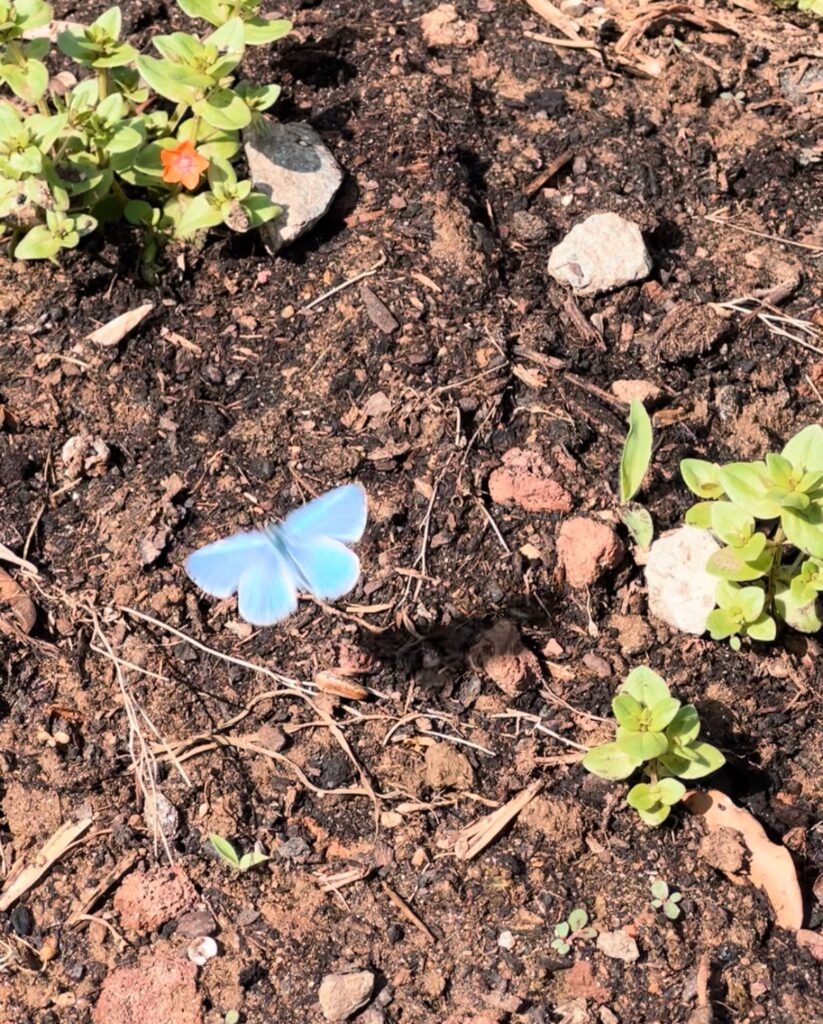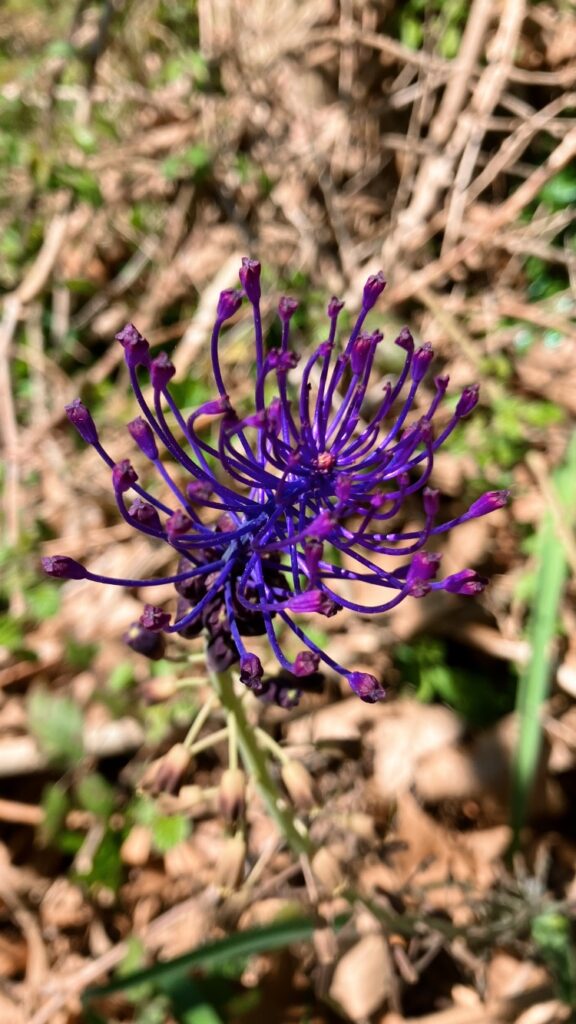BIODIVERSITE
BIODIVERSITY AT AN AIRPORT – yes, but why?

In June 2023, the Golfe de Saint-Tropez airport was awarded the aerobio label for its commitments and actions in favour of nature.
The aim of this label, launched by the Aérobiodiversité association in 2020, is to establish long-term biodiversity programmes for airports and aerodromes. The decision to award the label, which has three levels, is pre-analysed by the Aéro Biodiversité teams before being decided, independently and ethically, by the Scientific Council from the Muséum national d’Histoire naturelle (MNHN).
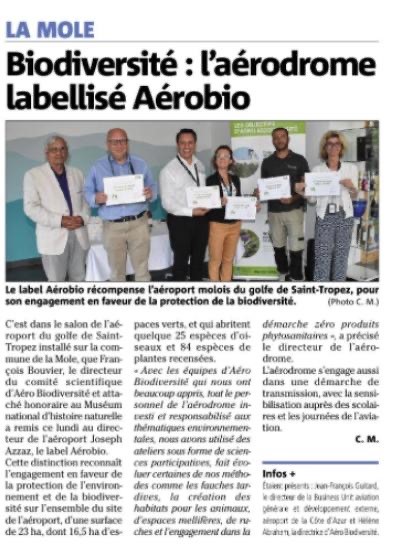
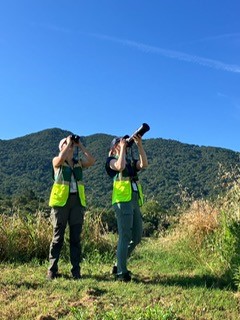
The three levels of the aerobio label :
Level 1: Understanding biodiversity
Level 2: Monitoring and improving biodiversity
Level 3: Sustainably integrating and promoting biodiversity
The label covers four biodiversity issues: biodiversity, employee investment, communication and local presence.
The Golfe de Saint-Tropez airport has been awarded the level 2 label, demonstrating its knowledge of its environment, its mastery of land management and its strong desire to pass on and raise awareness of biodiversity.

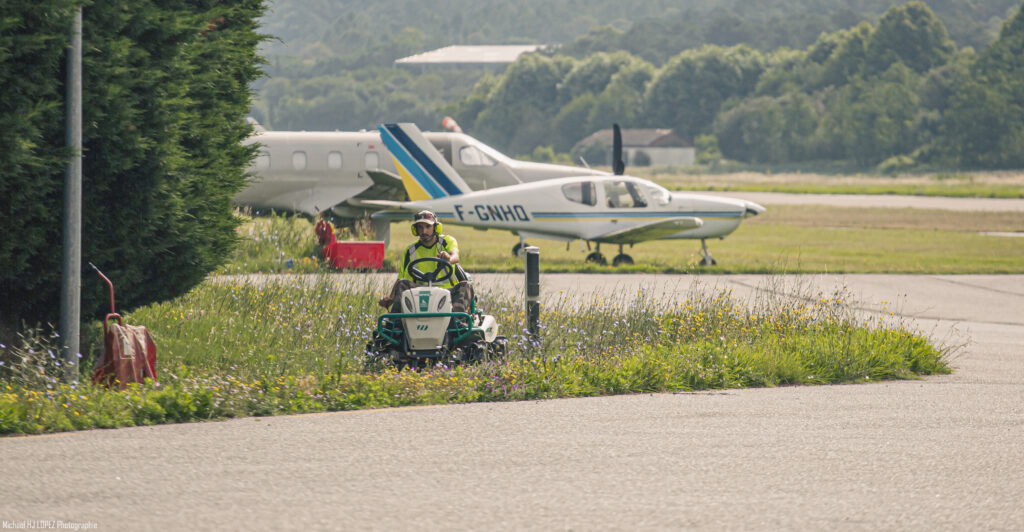
Special features of the airport in terms of biodiversity :
The riparian vegetation includes various plant species such as Poet’s Narcissus (Narcissus poeticus), Three-cornered Garlic (Allium triquetrum) and Involucre Fritillary (Fritillaria involucrata).
A number of birds of prey fly over the platform, such as the Short-toed Eagle (Circaetus gallicus) and the Black Kite (Milvus migrans), but it is the hedgerows in particular that represent a particular challenge for a number of passerines, such as the Spectacled Warbler (Sylvia conspicillata), a species considered “Endangered” in the PACA region and which was inventoried on the platform in 2022. A nationally protected butterfly, the Diana (Zerynthia polyxena), is present on the platform, mainly in the riparian zone, where several stations of the round-leaved Aristolochia (Aristolochia rotundifolia), its host plant, have been observed. The recurrent observation of eggs of this species attests to its reproduction on the site. Several areas have been set aside to protect the species’ development cycle.
